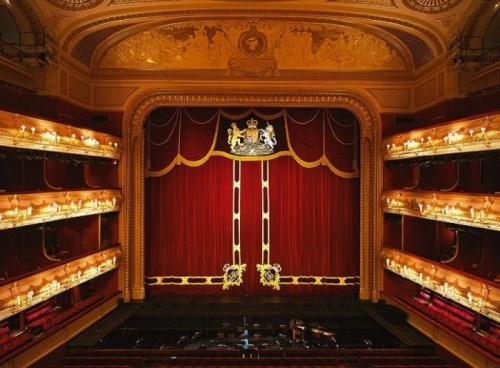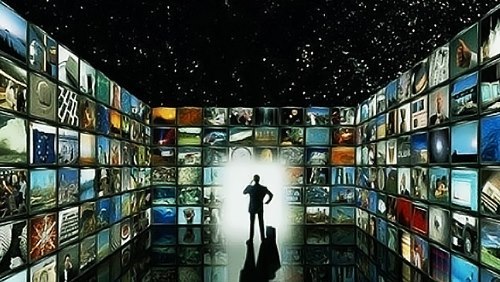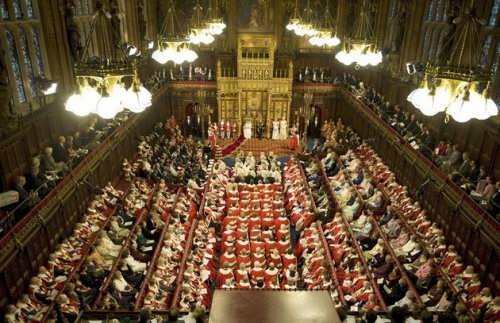The Museum of Transport
The Museum of British Transport is in London. It tells the story of public transport in Britain.
In 1829, an Irishman (Shillibeer by name) started the first bus-service in London. His bus was very different to those you can see in London today. It was drawn by three horses and looked like a carriage. The first double-decker bus was built in 1851. But the upper deck didn’t have a roof until about 1936. When it was raining the passengers were given raincoats.
In 1885, the first buses, driven by a petrol engine were used in London. The speed of the first petrol engine bus was 12 miles per hour.
More »






